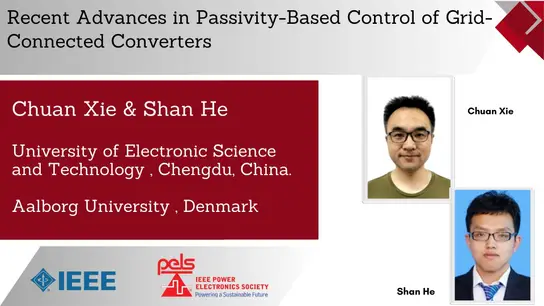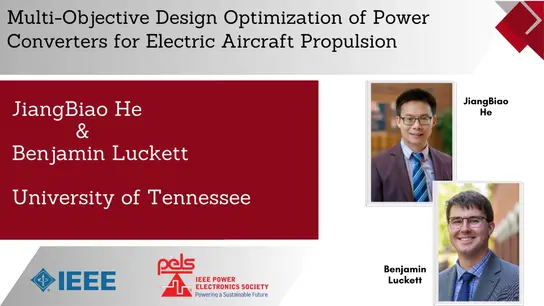Towards Sustainable and Reliable Automated Design of Power Electronic Systems-Slides
Ivana Kovacevic
-
Members: FreePELS
IEEE Members: $8.00
Non-members: $12.00Pages/Slides: 50
22 Jan 2021
Abstract: Wide Band Gap (WBG) power devices have the potential to provide a paradigm shift with respect to performance and energy efficiency compared to the mature silicon (Si) power devices. The fast switching capabilities and the material properties of WBG power devices make the system design more challenging, with respect to system integration, fast voltage and current slopes triggering the effects of parasitic inductive and capacitive couplings, high electromagnetic interference emission, and thermal couplings. These new design aspects imply a reformulation of design procedures developed for Si-based power electronics, which is required for successfully adapting WBG power devices. Automated system design is foreseen as a future of power electronics enabling optimal design solutions at minimal costs by considering dominant multi-physics design aspects.
The state-of-the-art multi-physics modeling approaches become computationally powerful, however not yet good enough for being fully integrated in an automated design process. The trade-off between accuracy and computational time has been an important challenge preventing virtual prototyping based on multi-physics modeling to further reduce the needs for extensive hardware prototyping. This webinar will provide an overview of the state-of-the-art multiphysics modeling approaches well established in power electronics, pointing out to the tasks still to be solved for developing sustainable and reliable automated design of power electronic systems.
The state-of-the-art multi-physics modeling approaches become computationally powerful, however not yet good enough for being fully integrated in an automated design process. The trade-off between accuracy and computational time has been an important challenge preventing virtual prototyping based on multi-physics modeling to further reduce the needs for extensive hardware prototyping. This webinar will provide an overview of the state-of-the-art multiphysics modeling approaches well established in power electronics, pointing out to the tasks still to be solved for developing sustainable and reliable automated design of power electronic systems.
Primary Committee:
PELS


